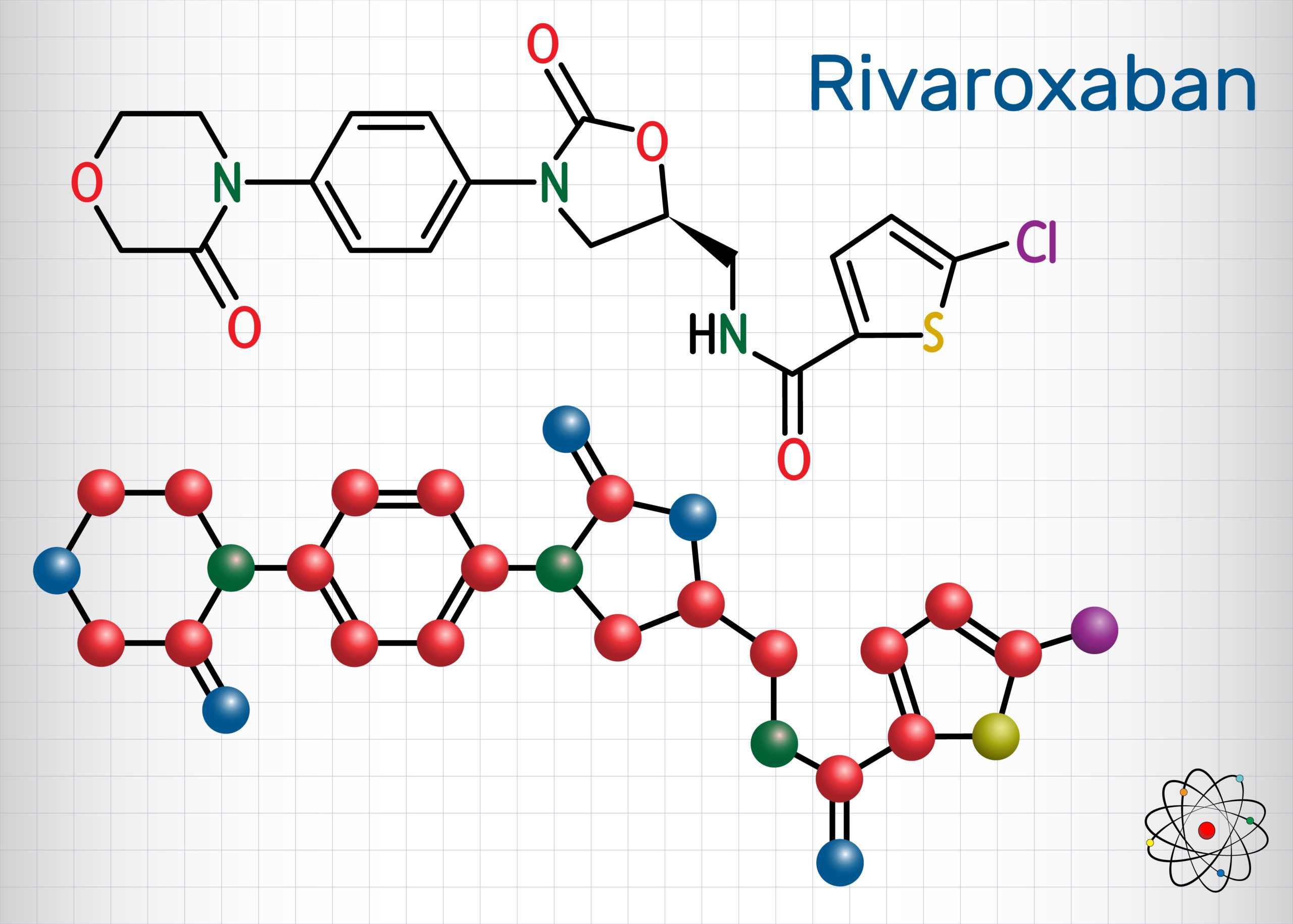
Researchers in the Netherlands aimed to illuminate the clinical and economic effects of treatment with rivaroxaban from a Dutch societal perspective after the COMPASS trial showed that patients with stable coronary artery disease (CAD) or peripheral artery disease (PAD) experienced significant benefits from treatment with rivaroxaban plus acetylsalicylic acid (ASA) compared to ASA alone.
The study’s lead author, J A Spoorendonk, and colleagues reported that their cost–effectiveness analysis demonstrated that rivaroxaban in combination with ASA is a cost–effective treatment option in patients with stable CAD or PAD. The report was published the Journal of Medical Economics. Moreover, the study found that rivaroxaban plus ASA was even more cost–effective when administered to high–risk patient subgroups.
The clinical and economic effects of rivaroxaban were evaluated based on the number of events prevented, costs, the incremental cost per life–years gained (LYG), and the incremental cost per quality–adjusted life–years (QALYs) for patients with stable CAD or PAD in high–risk subgroups, defined as individuals with CAD and PAD, CAD and heart failure, and CAD and prior myocardial infarction and renal impairment.
The investigators cost–effectiveness model estimated that patients treated with rivaroxaban have an expected increased discounted life expectancy of 0.67 years. The discounted incremental life expectancy ranged from 1.33 to 1.90 years in high–risk groups. Among the full COMPASS cohort, the incremental cost–effectiveness ratio was €9,760 per LYG and €12,033 per QALY. In the high–risk subgroups with underlying conditions, incremental cost–effectiveness ratios ranged from €2,966 to €5,052 per LYG and from €3,940 to €6,815 per QALY gained.
The study’s authors concluded that, from the perspective of a patient in the Netherlands with stable CAD or PAD, as well as those with a higher risk of ischemic events, rivaroxaban appears to be a cost–effective treatment option. “The implementation of rivaroxaban into Dutch clinical practice would lead to the prevention of CV-related events and CV deaths,” the report closed.







 © 2025 Mashup Media, LLC, a Formedics Property. All Rights Reserved.
© 2025 Mashup Media, LLC, a Formedics Property. All Rights Reserved.